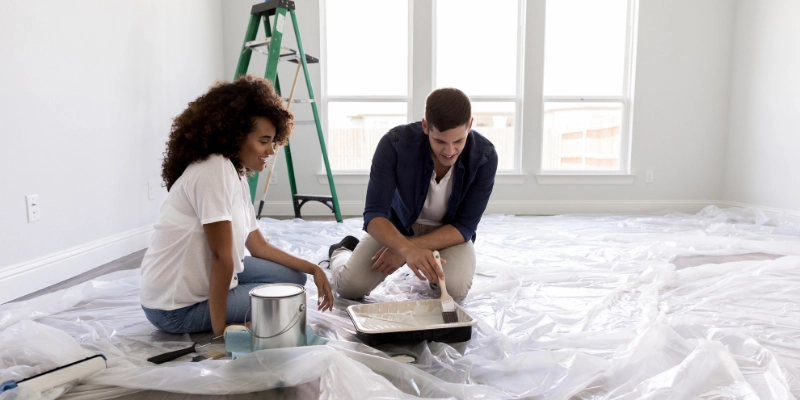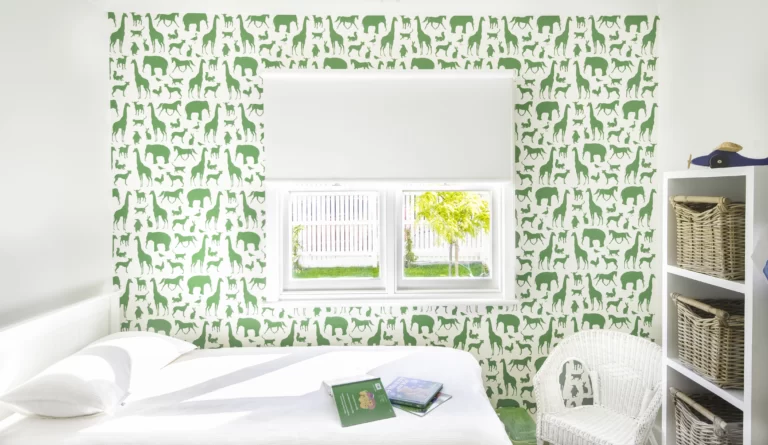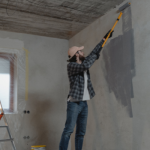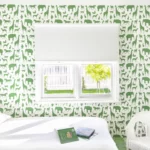Every house needs occasional re-fresh painting, especially the exterior. If you decide to paint everything yourself, you will need some advice first. DIY projects may be both enjoyable and challenging. If you’re willing to put in the work and aren’t too picky about the quality, you may finish the project with proper preparation, even without hiring a professional painter!
Here are five tips from painters for your upcoming painting project:
1. It is crucial to prepare!
Be cautious by covering and preserving the floors and furnishings. Therefore, you won’t have to worry about the cleanup that way. Another part of the preparation is sanding the walls and filling any gaps or cracks. Preparation is something that professional painters always perform to provide a smooth finish and improved paint adhesion.
2. Test paint samples
Even though you might want to finish your DIY project immediately, we suggest trying the paint on a tiny wall portion first. Then, observe how the paint pigment responds to various lighting conditions, including natural and artificial lighting and lighting at different times of day and night. Since your perception of the colour in the store may differ significantly from how it will appear once you have painted the surfaces in question, if it turns out that you don’t exactly like it, you won’t have to spend a lot of time painting the entire area.
3 Use a primer
Any surface you intend to paint should be prepped with a primer. Painters typically do this when painting a light colour over a dark one or on freshly painted, “thirsty” walls. The final result will be improved since the primer creates a barrier between the wall and the paint.
4. The choice of base paint is important
There are numerous paint bases available, each one serving a specific function. For instance, an antifungal foundation would be necessary for the kitchen and bathroom since it will be more resistant to this environment’s propensity to foster the growth of mould and mildew. Choose a paint base with a UV light protection composition for the outside, allowing the colours to deteriorate slowly.
5. Invest in good tools
Consider your options carefully before purchasing some inexpensive brushes to save money. Try picking up some decent-quality brushes for your painting endeavour because they will last much longer than inexpensive ones. Since this won’t be your final DIY project, consider it an investment. By selecting high-quality tools, you can prevent brush and roller fibres from adhering to your wall. After all your effort, you wouldn’t want to see that, would you?
Thank you for reading, and happy painting!







